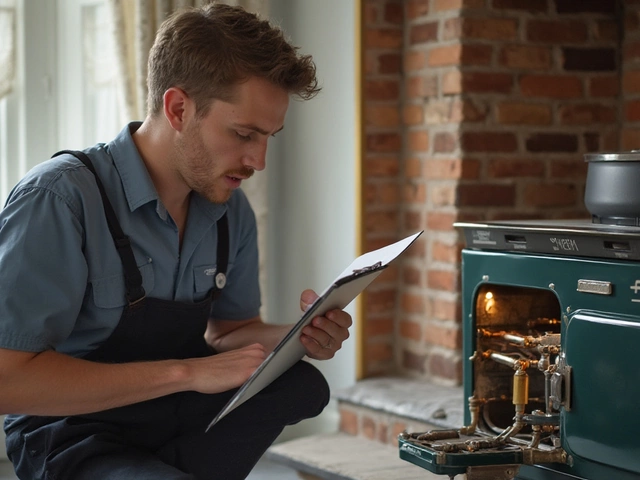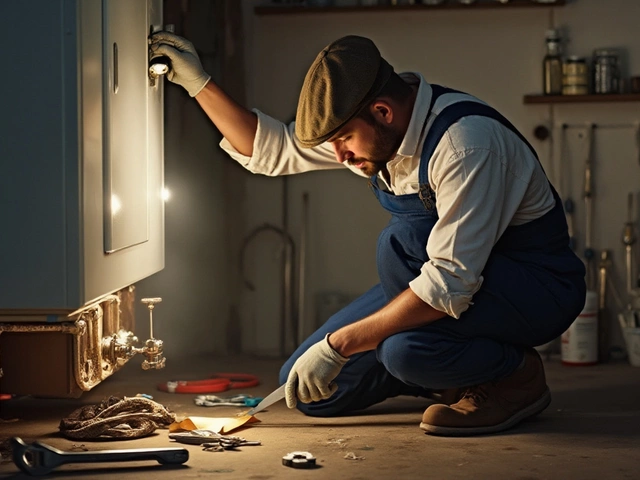DIY Fridge Fix: Easy Ways to Solve Common Refrigerator Problems
Got a fridge that’s humming but not cooling? Or maybe you hear a weird clicking noise? Before you call a pro, try a few simple steps you can do at home. Most fridge issues are caused by a dirty coil, a blocked door seal, or a thermostat that needs a reset. Below you’ll find practical tips that take under an hour and can save you a call‑out fee.
1. Check the Basics – Power and Settings
First, make sure the fridge is actually getting power. Plug it into a different outlet or test the outlet with a lamp. If the light inside the fridge doesn’t turn on, the problem is electrical, not cooling. Next, verify the temperature dial. Many people set it too low, causing the compressor to work nonstop and eventually overheat. Set the dial to the middle position and give the fridge 24 hours to stabilize.
2. Clean the Condenser Coils
Dirty coils are the #1 cause of a warm fridge. They sit at the back or underneath the unit and collect dust, pet hair, and debris. Unplug the fridge, pull it away from the wall, and use a coil brush or a vacuum with a narrow nozzle to remove buildup. Clean coils at least once a year – it helps the compressor run efficiently and reduces noise.
While you’re there, check the fan blades inside the freezer compartment. A blocked fan will make the freezer cold but leave the fridge section warm. Clear any frost or food particles, and make sure the fan spins freely.
3. Inspect the Door Seal
A leaky gasket lets warm air in, forcing the fridge to work harder. Close the door on a piece of paper; if you can pull it out easily, the seal is compromised. Clean the gasket with warm soapy water and a soft cloth. If the rubber is cracked or brittle, replace it – they’re inexpensive and easy to install.
4. Defrost the Freezer
Ice buildup in the freezer can block the airflow to the fridge compartment. If you see a thick layer of frost, turn the fridge off, leave the doors open, and let it melt. Place towels to catch water, then clean and dry everything before turning it back on. This quick defrost can restore proper cooling in as little as a few hours.
5. Test the Thermostat and Defrost Timer
Most modern fridges have a thermostat that you can test with a multimeter. Set the meter to continuity and touch the two pins – a steady beep means the thermostat is good. If you hear no beep, replace it. The defrost timer is another common culprit; it should click every 6‑12 hours. If it’s stuck, you can manually advance it with a screwdriver by turning the dial a quarter turn.
If you’ve tried all of the above and the fridge is still warm, the compressor or refrigerant could be the issue. Those parts need a professional’s touch. At that point, a quick call to Rugby Appliance Repair Services can get a qualified technician to your door.
Remember, safety first: always unplug the fridge before working inside, and never attempt to recharge refrigerant yourself. With these easy DIY checks, you’ll know exactly what’s wrong and whether it’s worth fixing on your own.






